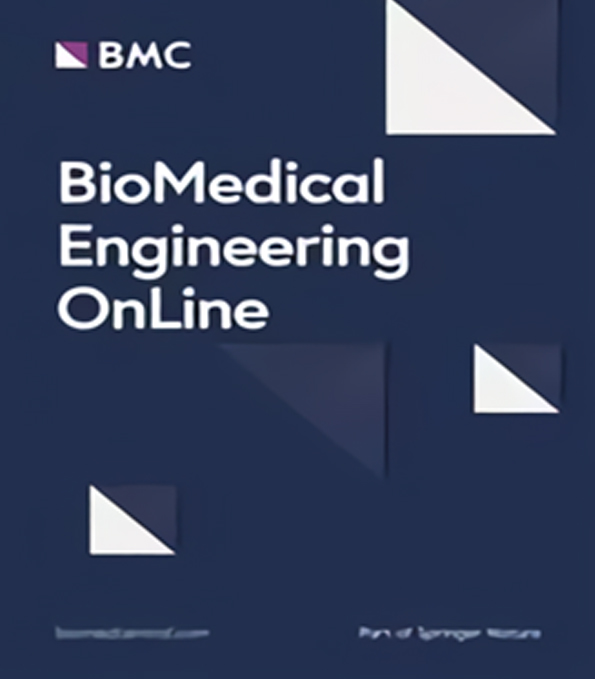
2021
Artificial Intelligence-Based Nomogram for Small-Incision Lenticule Extraction
Abstract
Background:
Small-incision lenticule extraction (SMILE) is a surgical procedure for the refractive correction of myopia and astigmatism, which has been reported as safe and effective. However, over- and under-correction still occur after SMILE. The necessity of nomograms is emphasized to achieve optimal refractive results. Ophthalmologists diagnose nomograms by analyzing the preoperative refractive data with their individual knowledge which they accumulate over years of experience. Our aim was to predict the nomograms of sphere, cylinder, and astigmatism axis for SMILE accurately by applying machine learning algorithm.
Methods:
We retrospectively analyzed the data of 3,034 eyes composed of four categorical features and 28 numerical features selected from 46 features. The multiple linear regression, decision tree, AdaBoost, XGBoost, and multi-layer perceptron were employed in developing the nomogram models for sphere, cylinder, and astigmatism axis. The scores of the root-mean-square error (RMSE) and accuracy were evaluated and compared. Subsequently, the feature importance of the best models was calculated
Results:
AdaBoost achieved the highest performance with RMSE of 0.1378, 0.1166, and 5.17 for the sphere, cylinder, and astigmatism axis, respectively. The accuracies of which error below 0.25 D for the sphere and cylinder nomograms and 25° for the astigmatism axis nomograms were 0.969, 0.976, and 0.994, respectively. The feature with the highest importance was preoperative manifest refraction for all the cases of nomograms. For the sphere and cylinder nomograms, the following highly important feature was the surgeon.
Conclusions:
Among the diverse machine learning algorithms, AdaBoost exhibited the highest performance in the prediction of the sphere, cylinder, and astigmatism axis nomograms for SMILE. The study proved the feasibility of applying artificial intelligence (AI) to nomograms for SMILE. Also, it may enhance the quality of the surgical result of SMILE by providing assistance in nomograms and preventing the misdiagnosis in nomograms.
링크 연결 : https://biomedical-engineering-online.biomedcentral.com/articles/10.1186/s12938-021-00867-7
출처 : Biomedical engineering online
 NEWS & BLOG
NEWS & BLOG
 NEWS & BLOG
NEWS & BLOG
